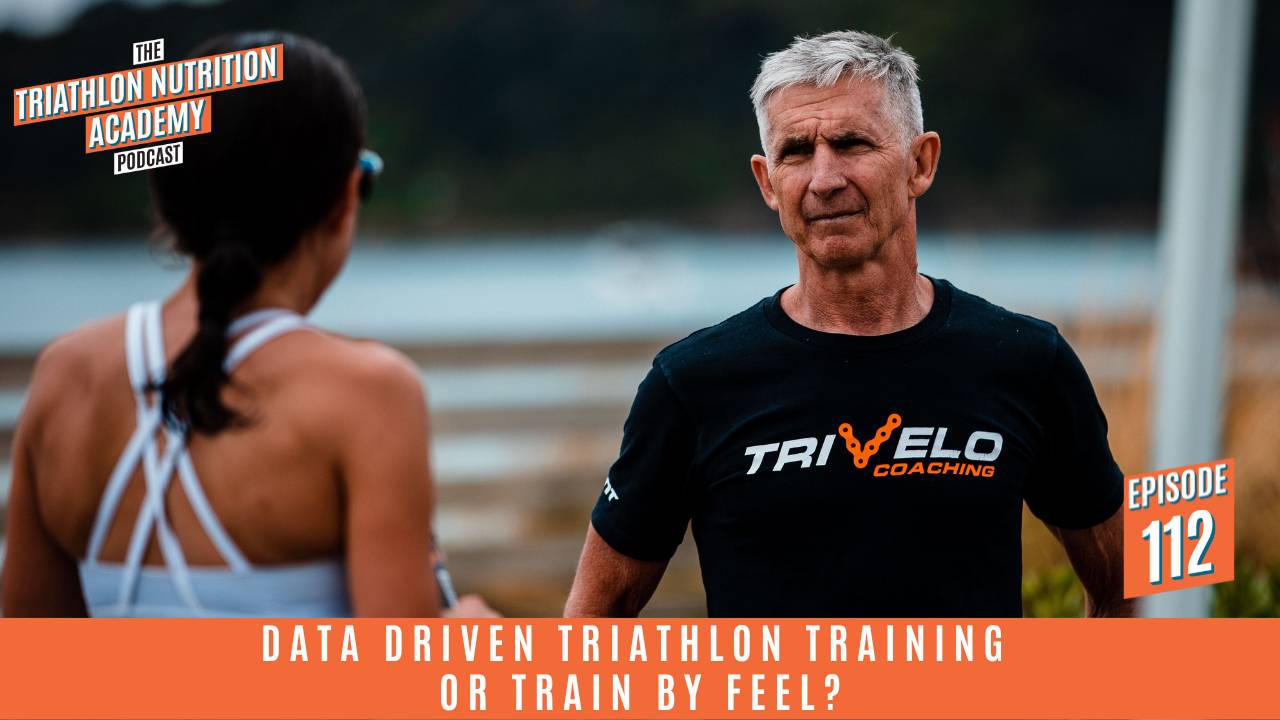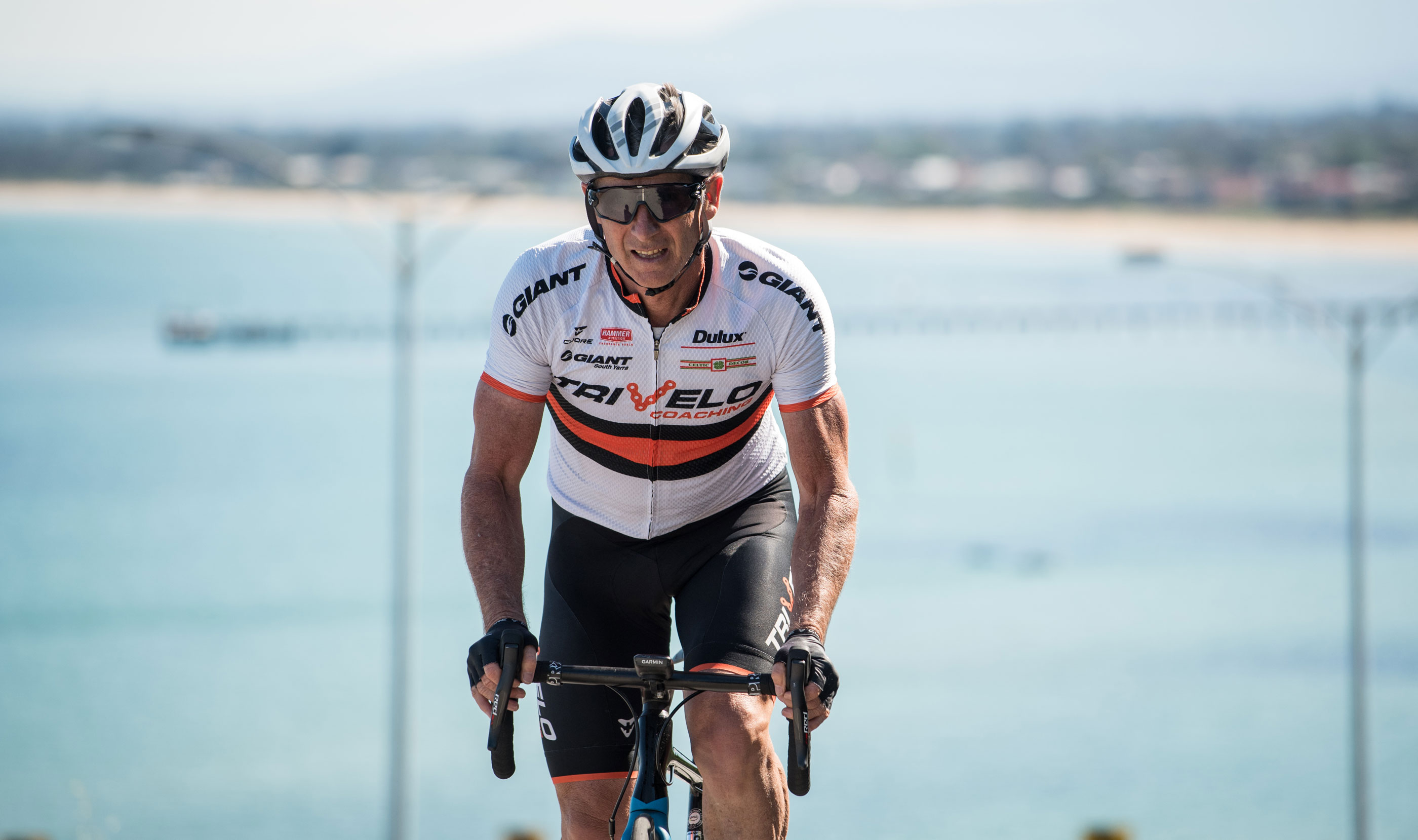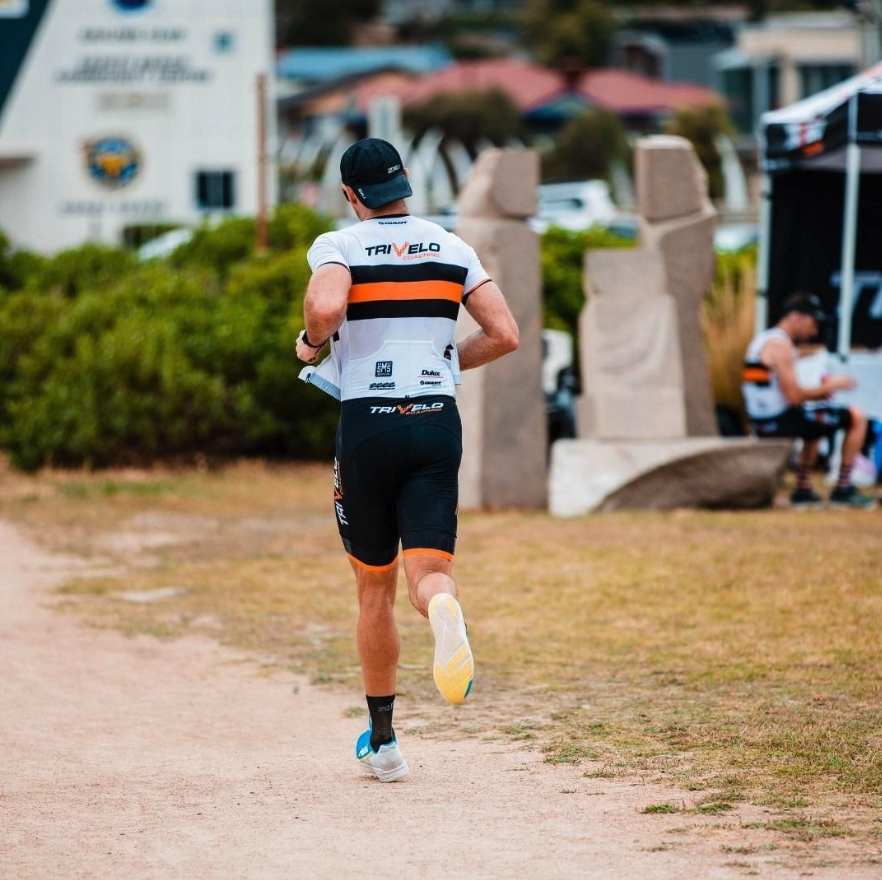Data Driven Triathlon Training or Train By Feel? With Gerard Donnelly

You want to get the most out of your training and racing, but how do you balance using data versus listening to your body?
It can be confusing to know whether to follow the numbers or trust your intuition.
Gerard Donnelly from Trivello Coaching has been coaching triathletes since 1988 and knows all there is to know about data driven triathlon training.
He was a pro himself for about five years and was the Australian Ironman champion and Australian Duathlon champion in 1988.
In 1989, he was the Australian Ironman runner up and he also represented Australia in the Commonwealth Games team in Auckland, New Zealand in 1990. He was also the Australian Masters champion in 2014, 2015, and 2017.

Gerard has a lot of experience firsthand as a triathlete himself and many, many years under his belt coaching triathletes from all walks of life as well.
Here are some of his tips for training smarter by combining data and feel:
Start with Testing
Testing gives you a baseline to understand your current fitness level. It’s tempting to rely on ‘old’ numbers, but tests provide an accurate starting point.
Regular testing every 4-6 weeks shows your progress and lets you adjust training if needed.
Don’t stress about test performance – focus on getting valuable data.
Testing serves multiple purposes:
- Gives a clear picture of your current abilities
- Allows accurate program design at the right intensity
- Provides race intensity practice in a ‘no pressure’ setting
- Improves execution for optimal pacing strategy
Monitor Key Metrics
In training, stay in prescribed zones and ranges based on your latest test data. This optimises adaptation and consistency.
On race day, monitor:
- Power, pace or speed
- Heart rate
- Cadence
- Feel/perceived effort
This ensures you execute your plan and make adjustments if needed.
Traffic light coding in training software provides helpful feedback on hitting sessions. But don’t become obsessed with ‘all green’ – listening to your body trumps ticking boxes.

Practice Racing by Feel
Do intervals looking at data, then repeat sans data to lock in feel.
Efforts focused on pace, power, and heart rate zones teach your body what different intensities feel like. Simulate race conditions in key sessions.
The more you rehearse, the better you can race ‘on feel’ if technology fails on race day.
Adjust for Daily Fluctuations
Your ability to meet demands varies day-to-day.
Don’t be a slave to the program if you feel off – shift the session down or skip it altogether.
Women especially need to listen to their bodies due to hormonal changes. Be flexible based on feel – you’ll often perform better by making smart adjustments.

Race Day Execution
Trust your race day nutrition and fueling strategy, but modify if needed based on feel. Stomach fullness, energy levels and hydration status require constant monitoring and tweaks.
Disconnect emotion from data, adjusting race pace or power if the plan no longer fits. Let go of time goals if the day doesn’t align.
Smile and enjoy performing your best on the day!

Wrapping up
Leverage data to train and race smarter, but listen to feedback from your body. Practice racing by feel, be flexible day-to-day, and stay present on race day.
Combining numbers and intuition will unlock your full potential and keep you loving the journey.
Now get out there, tune in, and have your best season yet!




